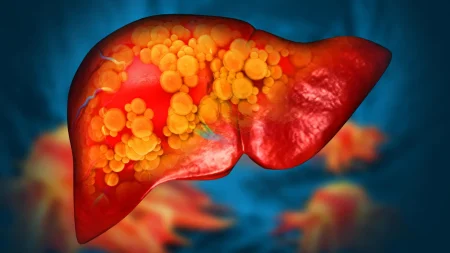Quantum sensing utilizes the unique quantum states of particles like superposition and entanglement to detect changes in physical, chemical, or biological systems. Nanodiamonds (NDs) with nitrogen-vacancy (NV) centers are promising quantum nanosensors that emit photons sensitive to external influences like magnetic fields and electric fields when excited by light. NDs with NV centers are biocompatible and can interact with specific biological molecules, making them valuable tools for biological sensing. However, previous ND sensors used for bioimaging have shown lower spin quality compared to bulk diamonds, resulting in reduced sensitivity and accuracy in measurements.
A breakthrough study led by Professor Masazumi Fujiwara from Okayama University in Japan, in collaboration with Sumitomo Electric Company and the National Institutes for Quantum Science and Technology, developed nanodiamond sensors bright enough for bioimaging with spin properties comparable to bulk diamonds. The study, published in ACS Nano, demonstrated quantum-grade NDs with exceptionally high-quality spins, addressing a long-standing challenge in the field. These NDs possess sought-after properties for quantum biosensing and other advanced applications.
Current ND sensors for bioimaging face limitations such as high concentrations of spin impurities and surface spin noise. To overcome these challenges, researchers focused on producing high-quality diamonds with few impurities. Single-crystal diamonds enriched with 99.99% 12C carbon atoms were grown, and a controlled amount of nitrogen was introduced to create NV centers. The resulting NDs, with a mean size of 277 nanometers and containing negatively charged NV centers, demonstrated strong fluorescence and enhanced spin properties compared to commercially available larger NDs.
The advanced spin properties of the NDs included requiring less microwave power for ODMR contrast, reduced peak splitting, and significantly longer spin relaxation times. The NDs showed stable quantum states that were accurately detectable and measurable with low microwave radiation, reducing the risk of microwave-induced toxicity in cells. When introduced into HeLa cells, the NDs were bright enough for clear visibility and capable of detecting small temperature changes. The NDs exhibited a temperature sensitivity superior to bare type-Ib NDs, showcasing their potential for biological sensing applications.
With their advanced sensing capabilities, the ND sensors developed by Professor Fujiwara’s team have the potential for a wide range of applications. These include biological sensing of cells for early disease detection, monitoring battery health, improving thermal management for energy-efficient electronic devices, and enhancing environmental management. The advancements have the potential to transform healthcare, technology, and environmental sustainability, offering solutions for future challenges and improving quality of life.












